Dog trainer and GRC Dog Sports founder Jay Jack sums up play styles when he says, "All games are murder games."
That sounds...fun?
But even when you think about children's games, it's pretty accurate. Hide-N-Seek is a game of prey hiding from a predator. Tag is a game of running away from a predator. And when you look at how dogs play, it's not that far off.
Dogs are known for their playful nature, and many different play styles are based off of predatory instincts. Predatory play involves mimicry of predatory behaviors, such as searching, stalking, chasing, fighting, celebrating, and consuming. Understanding the predatory hunting sequence can be helpful in understanding your dog's play style and providing appropriate playtime experiences.
Not all dogs like to play fetch, and there are many different games you can play once you figure out your dog's play style. Here are 6 different aspects of play—which one do you think your dog will enjoy the most?
Searching
The first stage of the predatory hunting sequence is searching. This is when the dog begins to scan their environment for potential prey. They may use their senses, such as their sight, hearing, and smell, to locate prey. This stage is often seen in young puppies and is important for helping them develop their hunting skills.
Nose work, or scent work, is a game that can fall under this play style. A simple indoors game is hiding high-value treats around your home, or if you want to level up your dog's searching game, you can get involved in tracking clubs.
Stalking
Once the prey has been located, the dog will move into the stalking phase. This is when the dog begins to sneak up on the prey and get into position to pounce. They may move slowly and carefully, using their body language to communicate their intent.
This is often seen in dogs when they freeze in place and get low to the ground. Flirt poles can be a great way to play with your dog and allow them to stalk without actually causing damage to whatever they're stalking.
Chasing
The next phase of the predatory hunting sequence is chasing. This is when the dog begins to run after the prey, using their speed and agility to catch up. This phase is important for helping the dog develop their physical skills and coordination.
Playing fetch is a game where your dog can practice their chasing instincts and get physical stimulation. If you're okay with it and can build clarity in communication, you might allow your dog to chase after squirrels as long as you're confident you can call them off. Some people even use the release to the chase as a type of reinforcement to environmental rewards.
Fighting
If the dog is successful in catching the prey, they will enter the fighting phase. This is when the dog may bite and hold onto the prey in order to subdue it. This phase is important for helping the dog develop their biting skills and understanding of appropriate bite pressure.
You may have seen some dogs playing and wondered if they were playing or fighting. Growling is not necessarily a sign of aggression—it can be pretty common in play among dogs who enjoy the fighting aspect.
An appropriate style of fighting play is when the dogs take turns biting at each other (or alternate between being the "prey" and being the "predator"), take some breaks during the play session before going back into it, and do play bows as they're playing.
Celebrating
Once the prey has been subdued, the dog may enter the celebrating phase. This is when the dog may wag their tail, bark, or engage in other playful behaviors to celebrate their successful hunt.
When you're playing tug with your dog and they win, they may run away proudly, displaying their prize. This is a type of celebration—give them time to enjoy their win before you start the game again!
Consuming
The final phase of the predatory hunting sequence is consuming. This is when the dog may eat the prey, or, in the case of play, may "consume" a toy by carrying it around or chewing on it.
For the longest time, I didn't understand Kono's play styles. I knew that he wasn't really into tug, but he is extremely food-motivated and will work for food. When I finally realized he like the consuming aspect of play, I incorporated food into our play in a couple of ways:
- I taught him to play tug with me using a cowhide tug. After a good tug session where he puts in the effort to get it from me, I let him have it and he went to go lay down and enjoy consuming his prize.
- I used treats to play a Treat Chase Game, where I charged his "Yes" marker by having him chase me or jump up on me (I allow jumping during play) to get the treats in my hand.
It's important to note that predatory play should be monitored and redirected if necessary to prevent any inappropriate behavior towards humans or other pets. While predatory play can be a natural and important part of a dog's play behavior, it's important to ensure that it remains safe and controlled.
Understanding your dog's play style, including their preference for predatory play, can be helpful in finding the right playmate and choosing appropriate toys and games. By providing opportunities for your dog to engage in appropriate predatory play, you can help them satisfy their natural instincts and provide valuable mental and physical stimulation.
Want more stories like this delivered straight to your inbox?
Sign up below for the newest The Bork Magazine articles!
Follow us on Instagram @itskonoskitchen.

